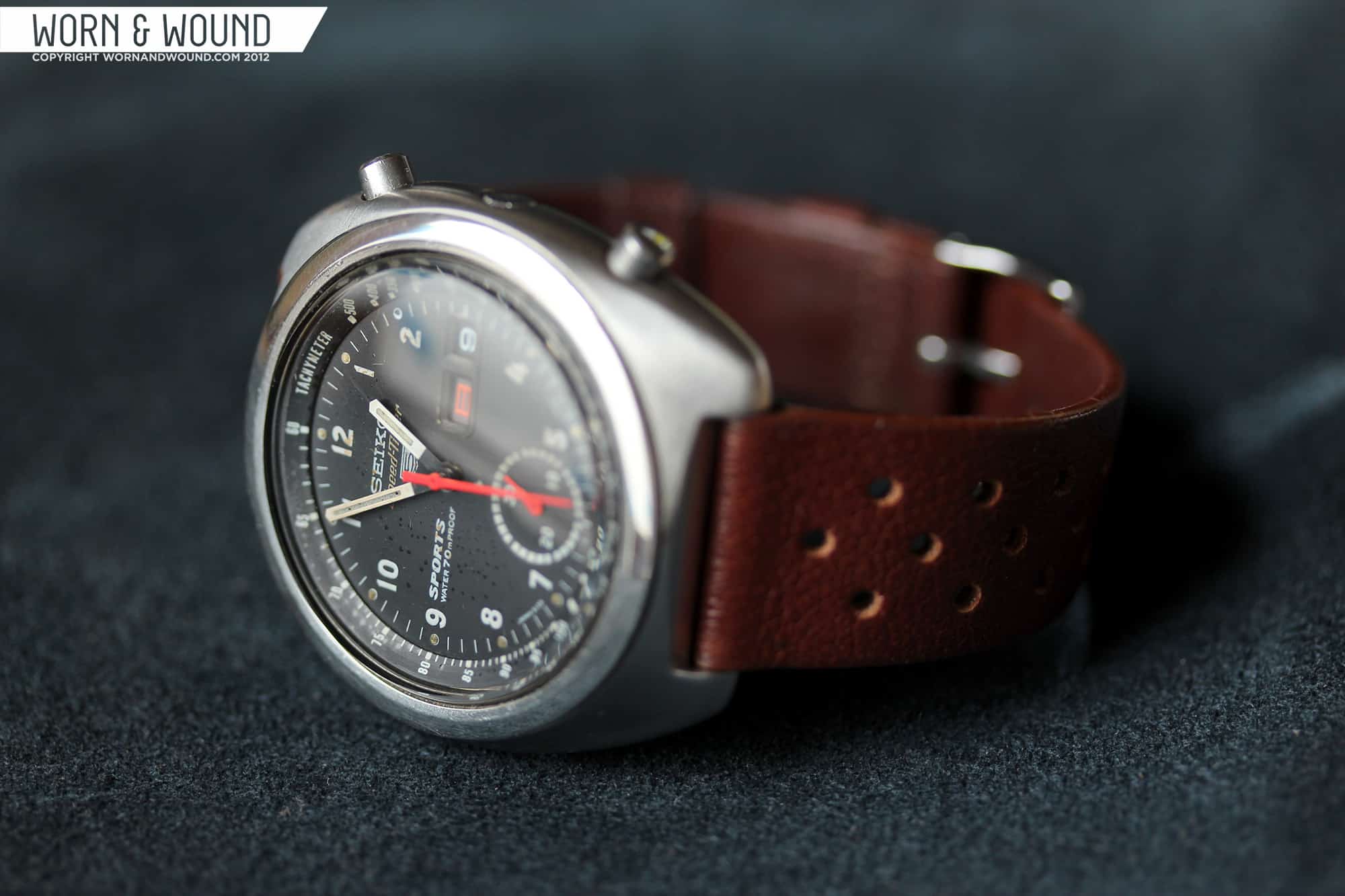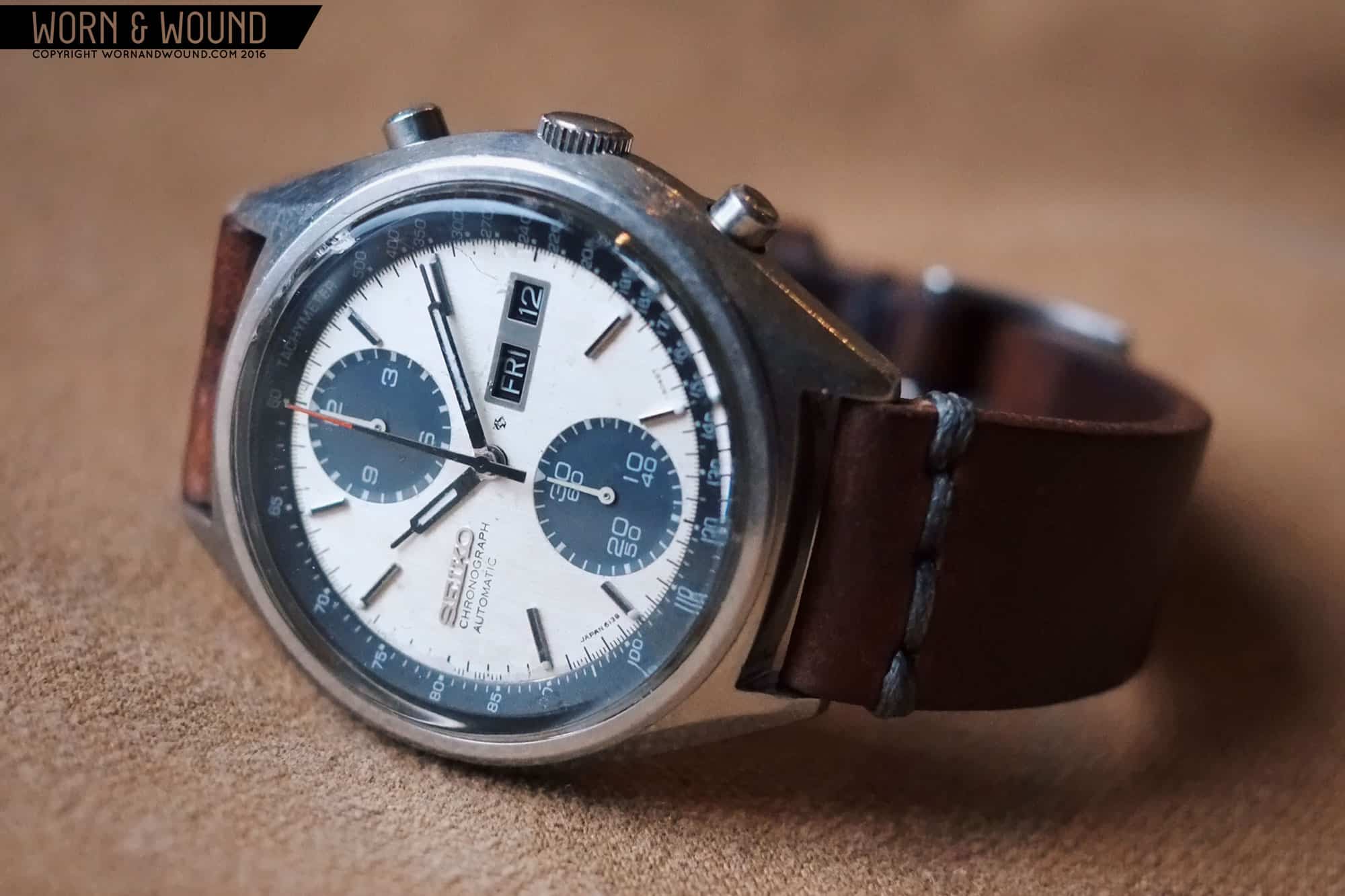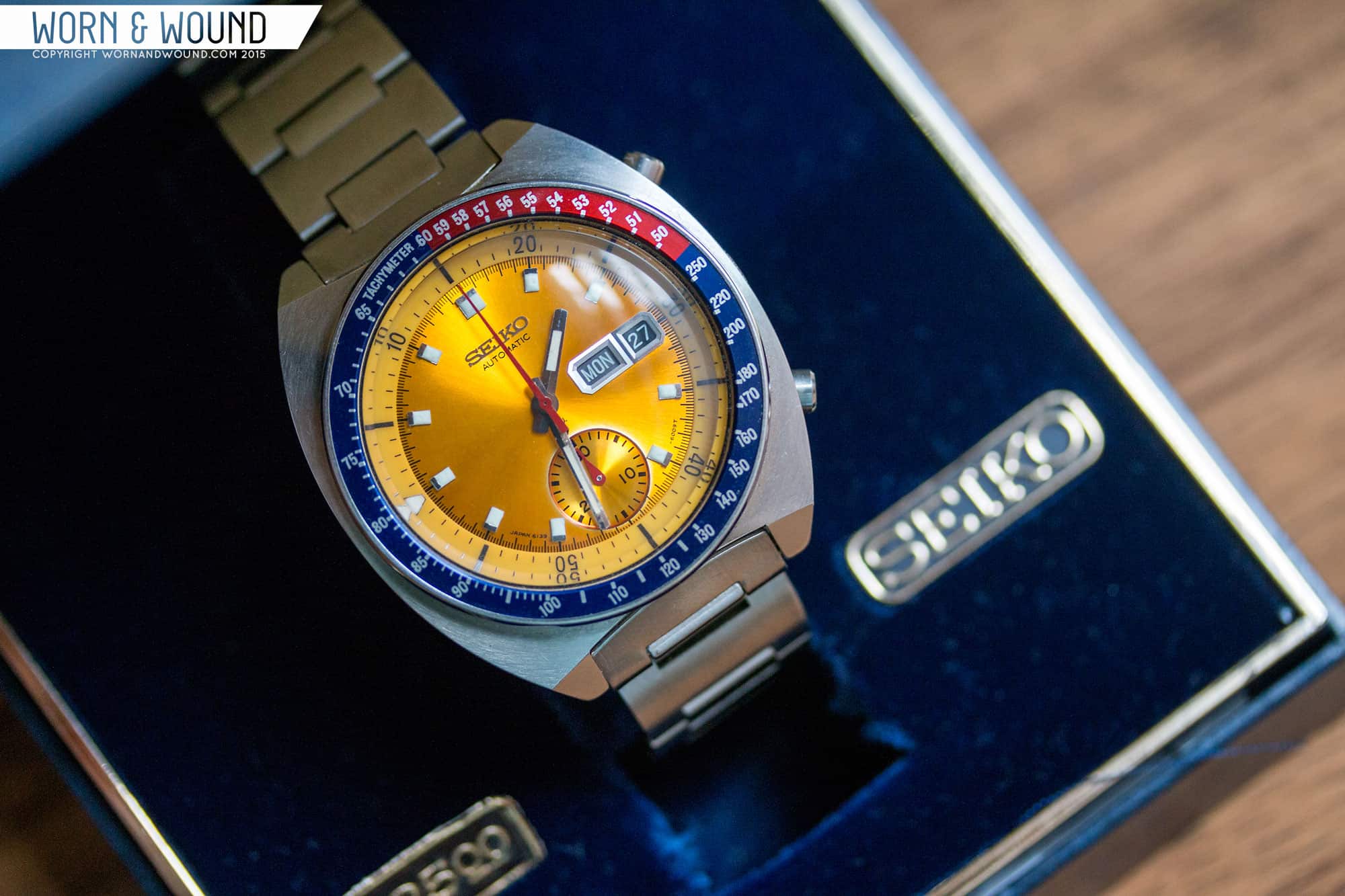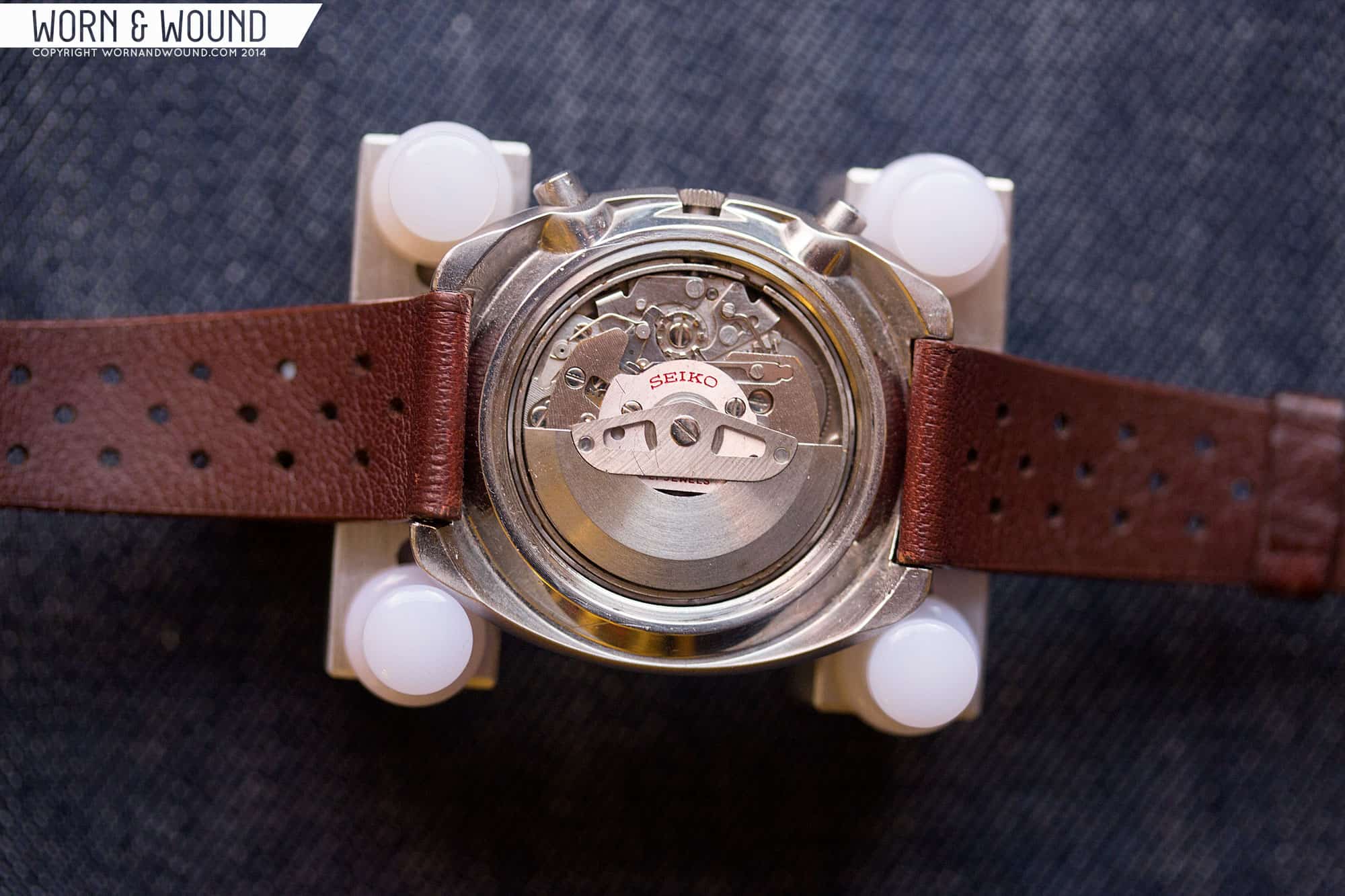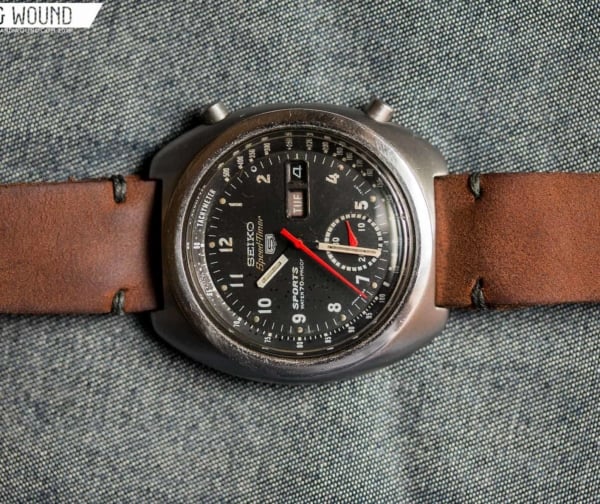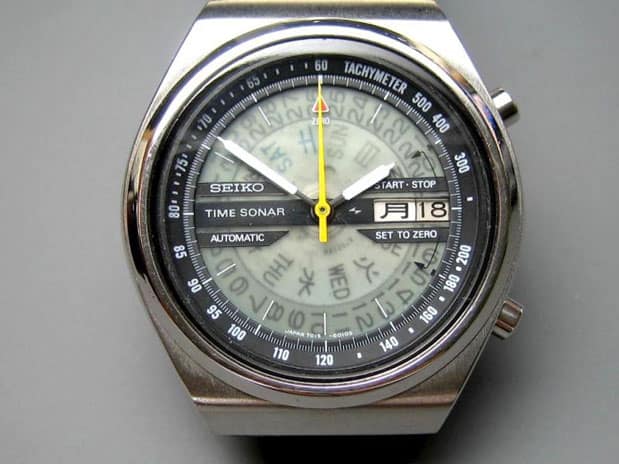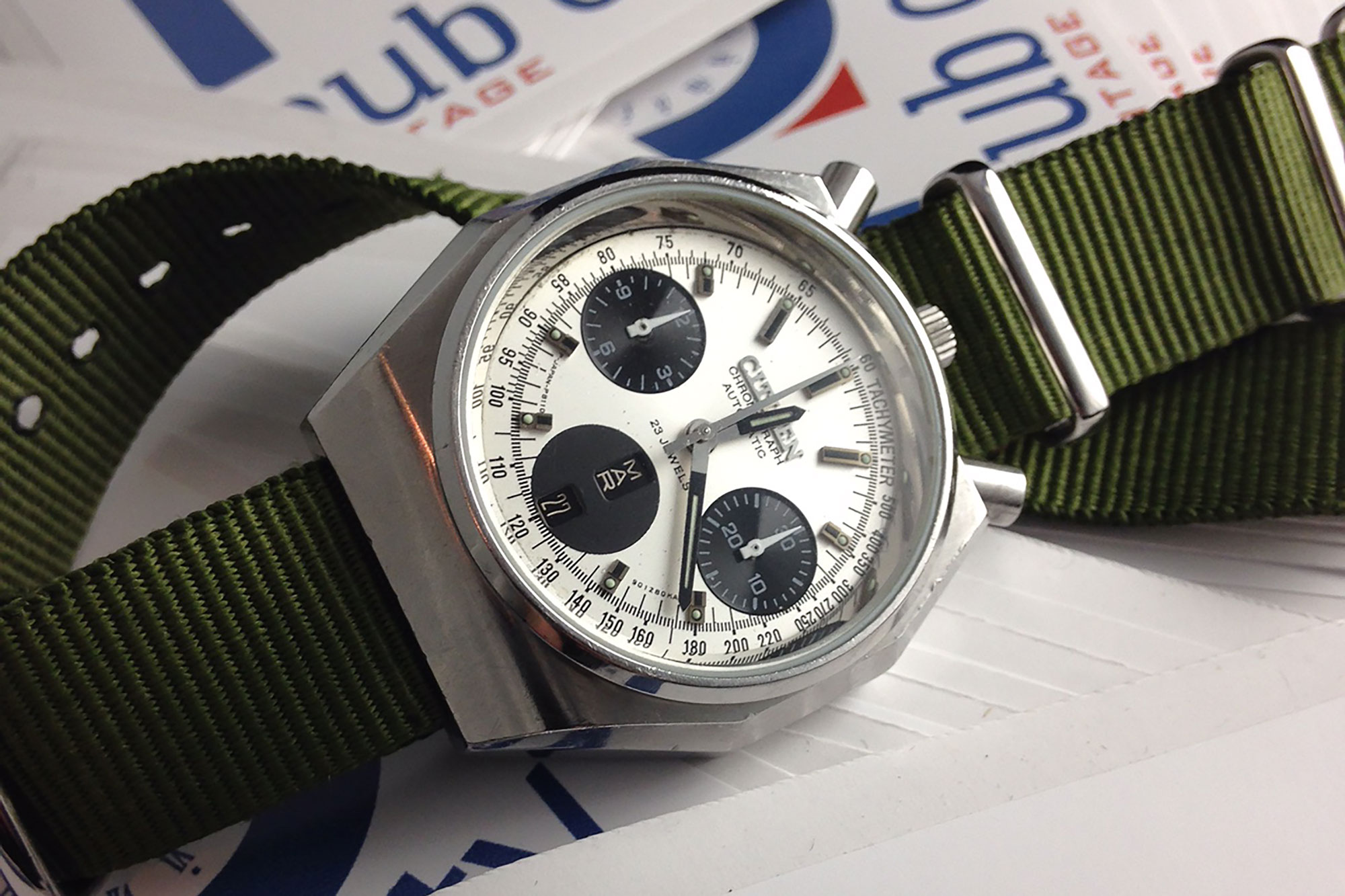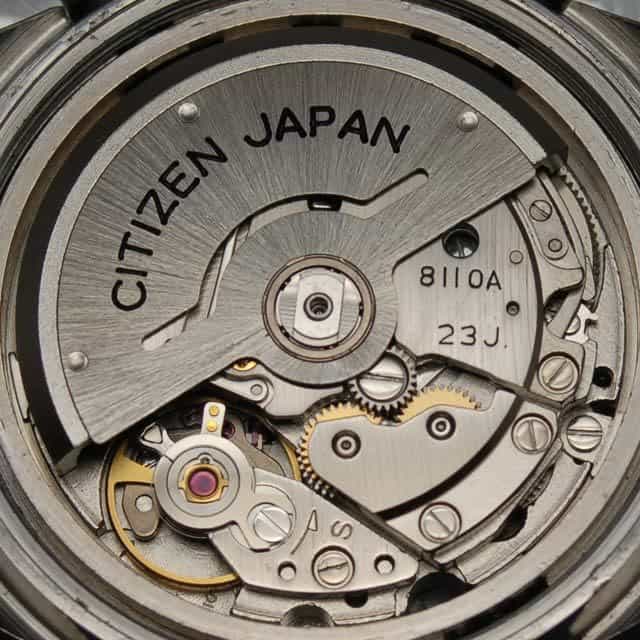In 1969, Seiko’s 6139 chronograph caliber was nothing short of revolutionary, incorporating a column wheel and a vertical clutch system. Seiko certainly didn’t invent the vertical clutch (historians believe that honor belongs to Pierce), but it was certainly the first to bring this technical achievement back to the forefront of chronograph technology. Many other watch companies have since followed suit and have incorporated the vertical clutch system into their chronographs.
In 1970, Seiko Daini (read our history explaining the Suwa/Daini split here) came out with the 701X family of chronographs, which were for a time the thinnest vertical clutch chronographs in the world until F. Piguet released the 1185 chronograph in 1987.
And then there’s Citizen, Japan’s other horological powerhouse. Citizen was not resting on its laurels, and in 1972 the firm released a range of automatic chronographs within the 81X0 family. Not being the first to market, Citizen had three years to improve on what had come before. The 81X0 is often overshadowed by Seiko’s offerings, but I believe that it is the more technically advanced of the group.
In the first part of our series looking at Japanese chronograph movements, we’re going to do a basic overview of these three great movement families.









 Featured Videos
Featured Videos




